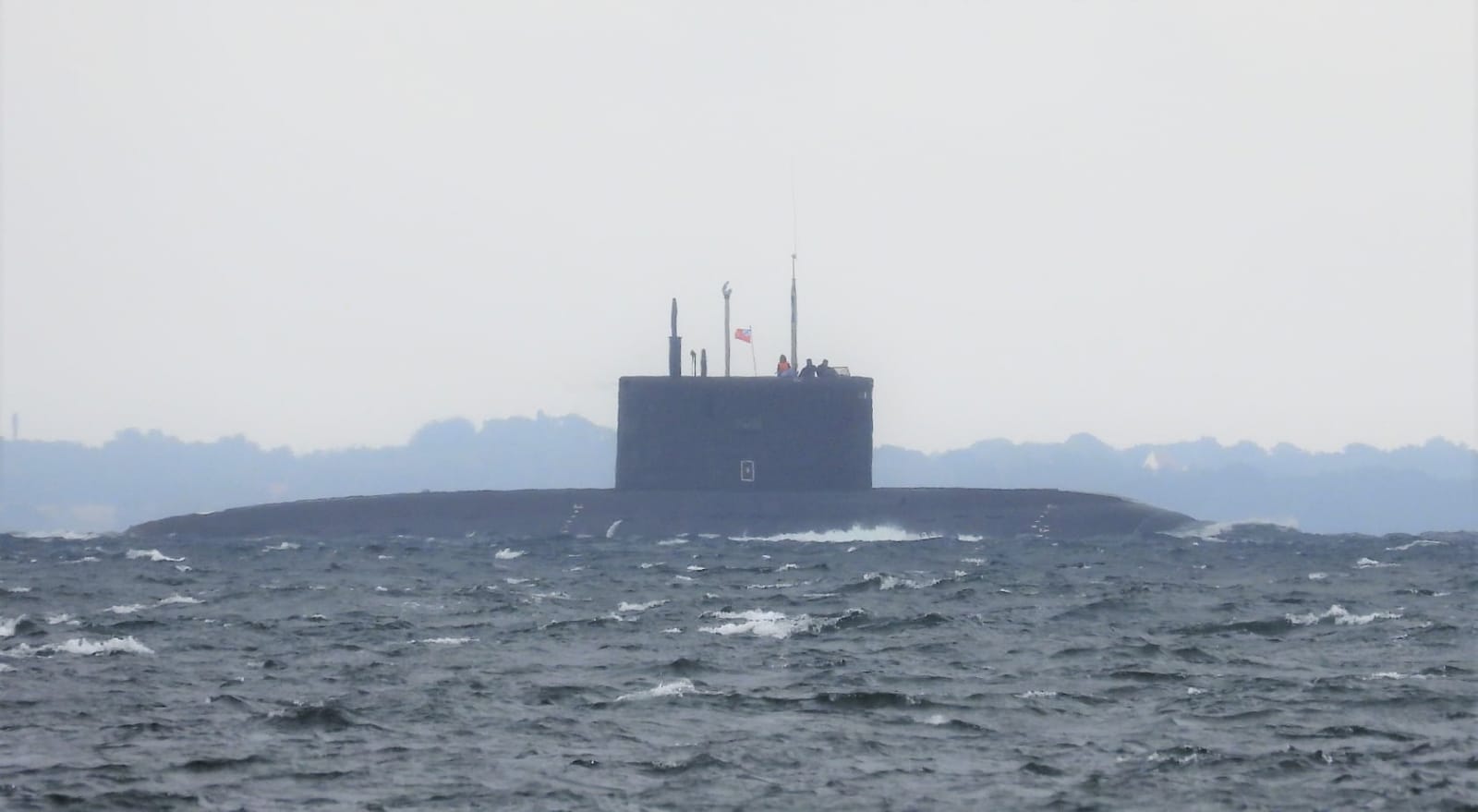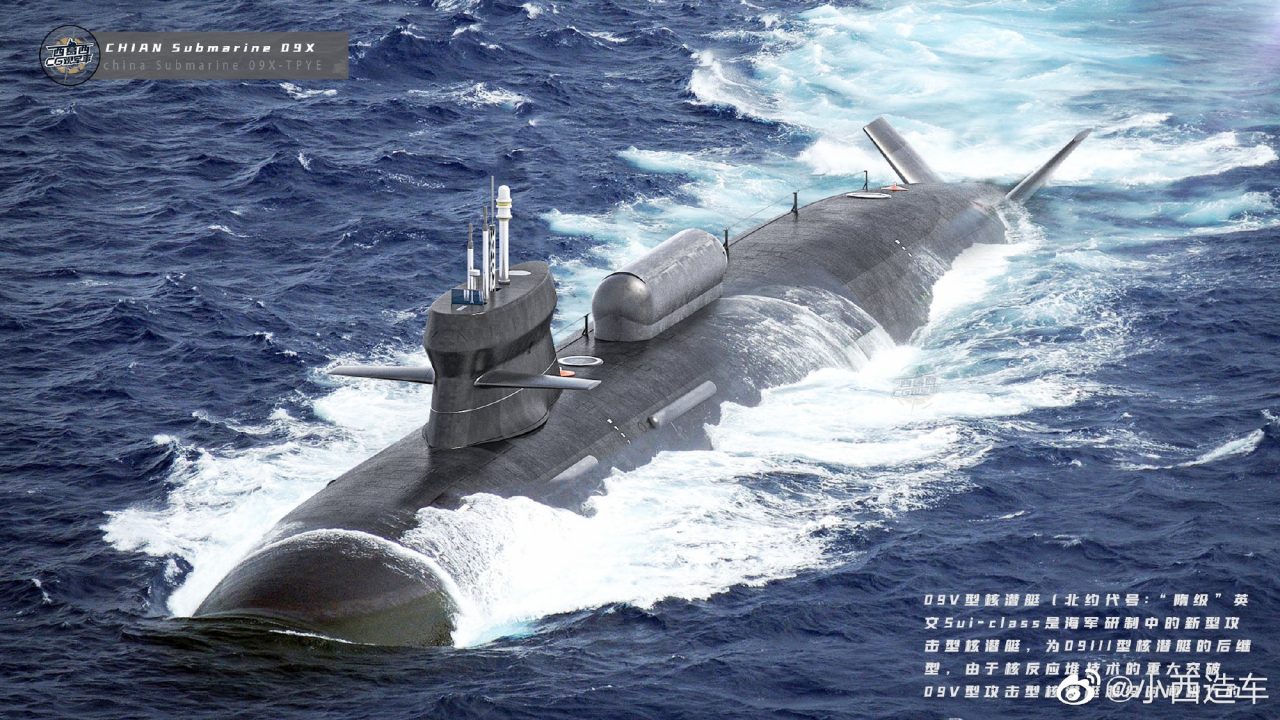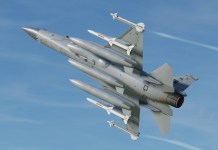Amid geopolitical tensions in the Indo-Pacific region, India has quietly launched its third Arihant-class nuclear-powered ballistic missile submarine — the S4 SSBN — at a secretive ship-building center in Visakhapatnam. The development was reported by Janes Defence Weekly, citing satellite imagery.
Arihant-Class Submarines
The Arihant-class, named after the country’s first nuclear-powered submarine — INS Arihant — is a class of Indian nuclear-powered ballistic missile submarines that are being built for the Indian Navy.
It was launched at the Indian Navy’s dockyard located in Visakhapatnam, the headquarters of Eastern Naval Command. The project, earlier called the advanced technology vessel (ATV), has been under development since 1998.
All the boats in the class, those that have been built, and those that are planned, share some common characteristics. The most obvious feature is the advantage these nuclear-powered submarines provide over conventional diesel-electric ones.
Diesel-electric submarines have to reach up to the surface every day to release carbon dioxide produced by the generator. On the other hand, nuclear-powered 80MW pressurized water reactor (PWR) submarines can stay underwater for long durations without the risk of detection.

The submarines in this class have been scarcely documented in photographs. An analysis of the images that are available confirms that a few aspects of these ships bear a strong resemblance to the Soviet-designed Kilo Class vessels. The upper sonar dome on top of the bow and multiple aspects of the sail look similar. The hull diameter also appears to match the Kilo-class subs.
Several of the Kilo-class vessels that are in service with India as the Sindhughosh-class submarines have been refitted with the DRDO-developed ‘USHUS’ sonar suites. It is likely that the Arihant’s forward hull is similar to this class in order to leverage the USHUS sonar.
While the broad arrangement of the sonar system is the same as the Russian ones originally fitted to the Kilo, the intercept sonars positioned in the trailing edge of the sail are arranged one above the other.
Russia’s Role In Indian Project
INS Arihant, which cost $2.9bn, was jointly developed by the Indian Navy, Bhabha Atomic Research Centre (BARC), and Defence Research and Development Organisation (DRDO) at the naval dockyard.

The process of building the vessel saw assistance from Russian designers as well. While Moscow’s involvement in the program in designing the SSBNs and miniaturizing their reactors was an open, downplayed secret for a long period of time, it was only publicly acknowledged at Arihant’s launch ceremony in July 2009 through the presence of the Russian naval design team and their country’s then-ambassador V.I. Trubnikov.
Other firms were also involved in the development of the submarine. These were: Tata Power, a part of Tata Group, and Larsen & Toubro (L&T), a technology, engineering, construction, and manufacturing giant.
India secretly launched the S4 nuclear submarine (SSBN) last month. It is India's 3rd SSBN and has 8 launch tubes for K4/K5 SLBMs and a more powerful reactor than INS Arihant.
Pic credits: IHS Janes Intel pic.twitter.com/TUSQ7KRM0T— Ŵølf PⒶcks ? (@TheLegateIN) December 29, 2021
The designing and construction of the submarine were sanctioned using secret funds in the late 1970s by then-Prime Minister Indira Gandhi. This move came after India had conducted its first nuclear test in Pokhran.
The design and technology of INS Arihant were finalized when the official green signal was given in 1984. The work on the submarine began in 1998, with the construction by the Ship Building Centre (SBC) reaching completion almost 11 years later.
The original plan was to have four Arihant class submarines. However, this was reportedly altered by the United Progressive Alliance (UPA) government.
The plan then became to construct two Arihant class submarines, each with a displacement of 6,000 tonnes, and two more SSBNs of 7,000 tonnes displacement each. A key factor that differentiates the two larger ships— designated S4 and S4* at the shipbuilding center in Visakhapatnam — is that they are to have eight missile tubes instead of four.
Arihant And Arighat
INS Arihant was launched on July 26, 2009, by then-Prime Minister Manmohan Singh. Four years later, in August 2013, the submarine’s atomic reactor was activated. Three more years down the line, in August 2016, Prime Minister Narendra Modi inducted the submarine into the Navy.
At the time of its induction, the Arihant was the longest submarine in the Indian Navy’s fleet. It had a length of 110 meters and a breadth of 11 meters. This submarine can accommodate a crew of 95 and reach a speed of 12kt-15kt on the surface. Underwater, this top speed increases to a maximum of 24kt.

Arihant’s exterior is uneven and its hull is placed on a mat laid over with tiles. The tiles assist in absorbing sound waves, thus providing stealth capability. The central part of the submarine’s body consists of the outer hull and an inner pressurized hull.
The starboard side consists of two rectangular vents that draw in water when the submarine submerges into the sea.
INS Arighat is quite similar to Arihant and capable of carrying four nuclear-capable K-4 submarine-launched ballistic missiles (SLBMs) with a range of over 3,500 kilometers. Alternatively, it can carry 12 conventional warheads K-15 SLBMs with a range of about 750 kilometers each. The K-15 can also carry a strategic nuclear warhead.
This SSBN is currently awaiting commissioning which has reportedly been delayed.
The Latest Addition — S4 SSBN
In its December 29 report, Janes noted that the S4 SSBN was launched on November 23 and had been ‘relocated’ close to the ‘fitting-out wharf’ that was previously occupied by INS Arighat.
According to Janes, satellite imagery had confirmed that the ship being talked about stood at 7,000-tonnes, “slightly larger” than the lead ship in the Arihant class, INS Arihant.
It also has a load waterline measurement of 125.4 meters, compared with 111.6 meters of the 6,000-tonne Arihant and Arighat. Janes categorized the S4 – and successive boats – as ‘Arihant-stretch’ variants.
The magazine went on to infer that the satellite imagery indicated that the newly launched boats’ increased length “accommodates expansion of the submarine’s vertical launch system”. This system can support eight missile launch tubes, as planned.
This would enable the SSBN to carry eight K-4 SLBMs, or alternately, 24 K-15 SLBMs. The K-4 SLBM is currently under development.
- Contact the author at: shreyya.mundhra@gmail.com
- Follow EurAsian Times on Google News




